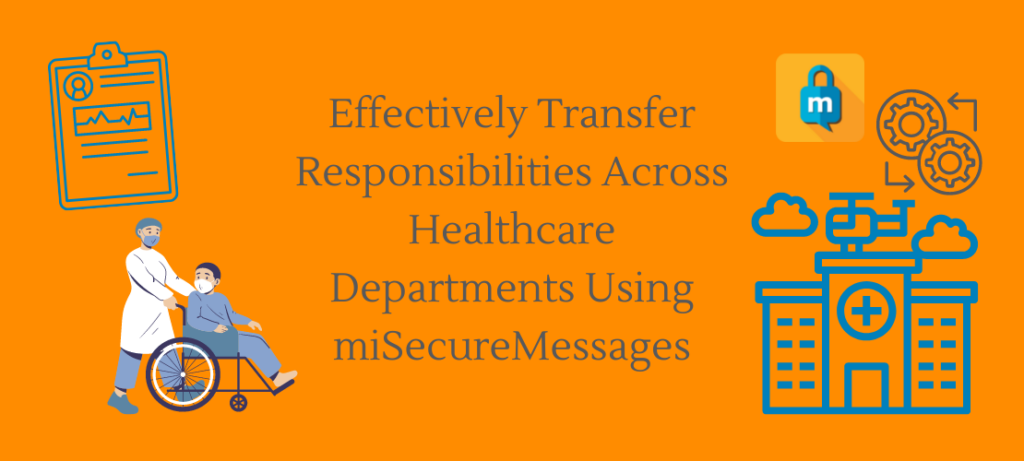Medical care faces many challenges, such as intra- and inter-hospital patient transfer. Healthcare providers cannot afford miscommunication with different levels of care and medicine to give to patients. With many layers to healthcare, not understanding the role of another healthcare provider may become dangerous for patients. With communication as the key element to safe patient transfer, hospitals are in a greater need to invest in a secure medical texting app. Automating and streamlining the communication process will simplify healthcare providers’ handoffs.
For safe patient transfer, here are the following elements of creating a safe handoff:
- The decision to transfer and communication.
- Preparation and pre-transfer stabilization.
- Choosing the appropriate transfer method.
- Land or air transport.
- Personnel accompanying the patient.
- The required monitor and equipment for patient transfer.
- Documentation and handoffs of the patient at the receiving facility.
Improving patient care requires clear communication, often incredibly difficult when information is relay by speech. A poorly organized transfer can be fatal for patients, and the decision to make the transfer requires discussions with an experienced healthcare professional. Once healthcare providers decide on transferring a patient, there must be direct communication between the transferring and receiving facilities. Then there must be a complete patient information exchange and documentation between the two facilities. Having meticulous preparation for a patient will prevent any deterioration of a patient’s clinical condition.
Documentation of patient information and the transfer process is essential to audit and can be used when investigating flaws. A report, “Inter-hospital and intra-hospital patient transfer: Recent concepts,” done by Ashish Kulshrestha and Jasveer Singh, states that most of the time, healthcare providers don’t follow through with documentation, “In spite of existing recommendations and guidelines for safe patient transfer, these are often not followed or are not met.” (Kulshrestha and Singh, p. 454). Transferring patients is a continuous care process and often a neglected phase. Having coordinated transfer increases quality care for patients. When hospitals invest in a secure messaging app, there are less confusion and a seamless documentation process. The National Highway Traffic Safety Administration presented a guide for healthcare providers, “Guide For Interfacility Patient transfer” and stated how HIPAA regulation is primary for interfacility patient transfer. The interfacility transfer provider also needs to be aware of HIPAA regulations, “HIPAA regulations have implications for all IFT services transporting and transferring medical records or medical information from one facility to another” (NHTSA, p. 15). Healthcare providers won’t have to worry about HIPAA violations when using Amtelco Secure Messages.
With the hospital transfer process being complex, the communication process becomes complicated. Critical care transport requires a high-level medical direction and sophistication of care; therefore, transfer communication must be more transparent and concise to deliver safer and more effective care. The consequences of hospitals not investing in an encrypted medical text app results in higher miscommunication, increased burnout, and higher potential for HIPAA violations. Patient transfer requires specific qualifications, and having a software app designed to tailor the hospital’s communication system can significantly improve the patient care process.




